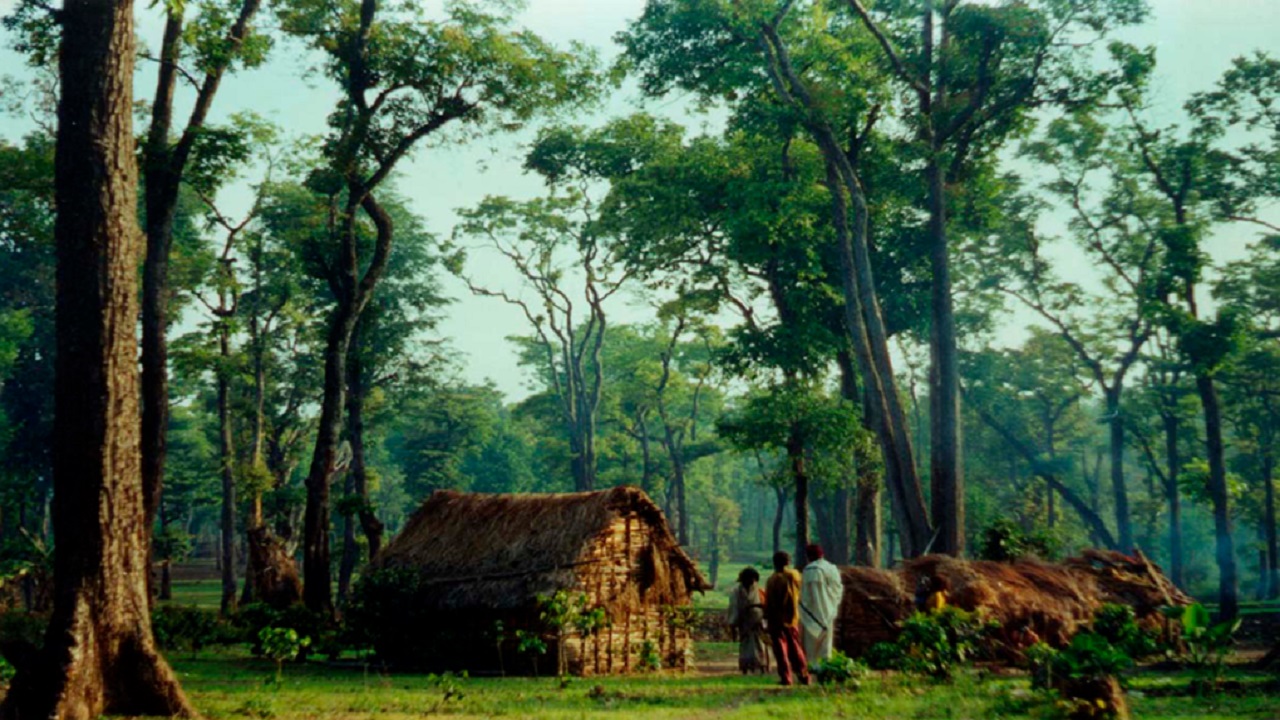Forest Rights Act, 2006: Supreme Court Review and Tribal Concerns
Context
-
The Supreme Court is set to hear a case on the Forest Rights Act (FRA), 2006, on April 2, 2025.
-
Adivasi rights groups and environmental organizations have urged the Tribal Affairs Ministry to defend the law.
-
The case has significant implications for tribal communities, who depend on forests for their livelihood, culture, and identity.
Forest Rights Act (FRA), 2006: An Overview
-
Officially called the Scheduled Tribes and Other Traditional Forest Dwellers (Recognition of Forest Rights) Act, 2006.
-
Enacted to legally recognize the rights of tribal and forest-dwelling communities over their traditional lands and forest resources.
-
Seeks to correct historical injustices where forest dwellers were denied land rights under colonial and post-independence laws.
Key Provisions of the FRA
1. Recognition of Forest Rights
-
Individual Forest Rights (IFR) – Provides land titles to individuals for cultivation and habitation.
-
Community Forest Rights (CFR) – Grants communities the right to use, manage, and conserve forest resources.
2. Role of Gram Sabha
-
Gram Sabha (village council) is the primary authority to initiate, verify, and approve claims.
-
Ensures a democratic and decentralized decision-making process.
3. Conservation and Livelihood Balance
-
Empowers tribal communities to participate in forest conservation while securing their livelihood rights.
-
Recognizes the role of traditional knowledge in sustainable forest management.
Legal Challenges to FRA
1. Supreme Court Case (2008-Present)
-
In 2008, the NGO Wildlife First challenged the FRA in the Supreme Court, arguing it led to forest encroachments.
-
In 2019, the SC ordered the eviction of those whose claims were rejected.
-
Following protests, the Tribal Affairs Ministry intervened, highlighting procedural flaws in rejections.
-
The SC stayed the eviction order and directed states to review rejected claims.
Current Concerns in FRA Implementation
1. Improper Review of Rejected Claims
-
Many states conducted arbitrary reviews, leading to mass rejections of claims.
2. Undermining of Gram Sabhas
-
Gram Sabhas, which are meant to approve land claims, were ignored in many cases.
-
Example: In Gujarat, 98% of claims were approved by Gram Sabhas, but only 62% were accepted by higher authorities like the Sub-Divisional Level Committee (SDLC).
3. Over-Reliance on Satellite Imagery
-
States like Gujarat and Madhya Pradesh used satellite images instead of ground verification to assess claims.
-
Led to wrongful rejections, as satellite data fails to capture historical land use patterns.
-
The Tribal Affairs Ministry warned against misuse of technology, emphasizing that FRA allows various forms of evidence, including community records and historical proof.
Conclusion
-
The FRA is crucial for protecting tribal rights and ensuring forest dwellers’ access to resources.
-
However, implementation challenges remain, including arbitrary rejections, sidelining of Gram Sabhas, and improper use of technology.
-
The upcoming Supreme Court hearing will be a crucial test for the government’s commitment to tribal welfare and democratic governance.

.png)
.jpg)

Comments (0)